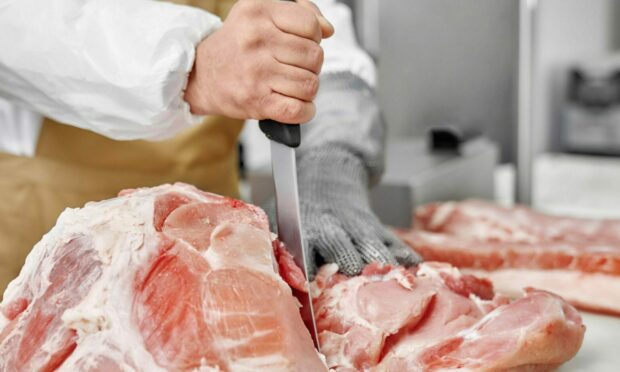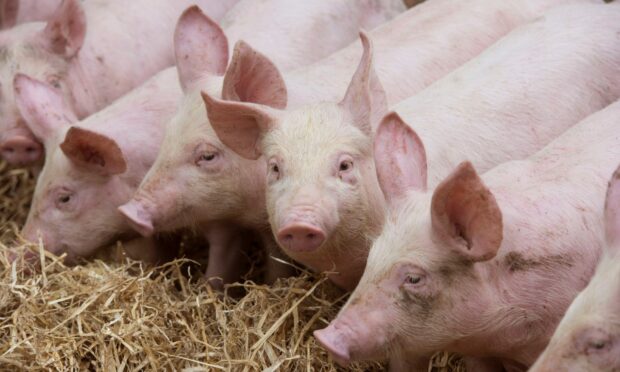Scottish pig producers are reported to be considering their futures this Easter as costs of production rocket to well over £2/kg and the standard pig price of 157ppk fails to close the gap.
The rapid increases in the price of grain, soya and minerals have changed the economics of rearing pigs and other intensive livestock, with wheat alone accounting for about 60% of production costs.
The National Pig Association quotes AHDB figures which show the relationship between the pig price and the cost of feed wheat is now “the least favourable” it has been for farmers since records began, more than a decade ago.
It means the situation for producers is now critical as they are losing between £46-£61 on every animal they produce.
The input rises come on top of more than 12 months of crippling on-farm backlogs when the processing sector struggled with labour issues.
Andy McGowan, the managing director of the Scottish Pig Producers (SPP) co-operative, said product prices had risen by 20ppk in the last month, but it would require another 40ppk before they would even cover production costs.
“We welcome the increase but it’ll take more than that for people to think there’s a future in the industry,” he said.
“So we are concerned.”
The AHDB reports that the backlog of pigs on farms has cleared a little, with an estimated slaughter last week of 203,000 head, up 5,000 head on the previous week and 18,700 on a year ago. The levy body adds that carcase weights, which are averaging 93.17kg, are coming down but remain historically high.
Mr McGowan said the situation could only be saved by multiple retailers “putting their hands in their pockets”.
“This is a touchy time for consumers, but the only way for production to be sustainable is for prices to go up in the shops,” he said.
“We almost need to reset what’s a normal pig price, and what none of us know is how consumers are going to respond to that because pigmeat has been so cheap for so long.”


